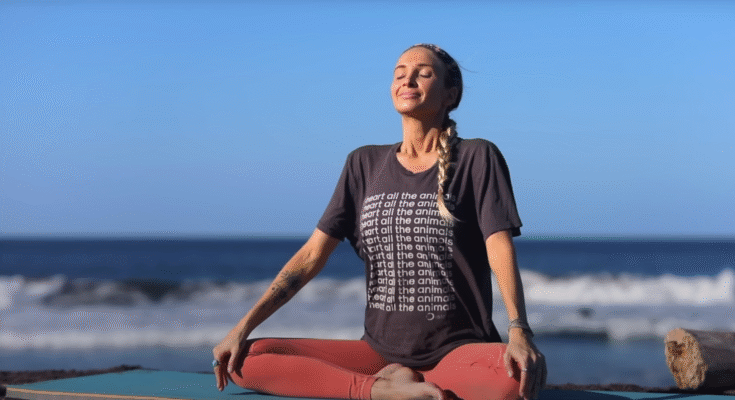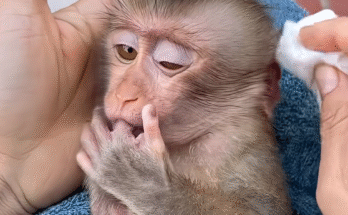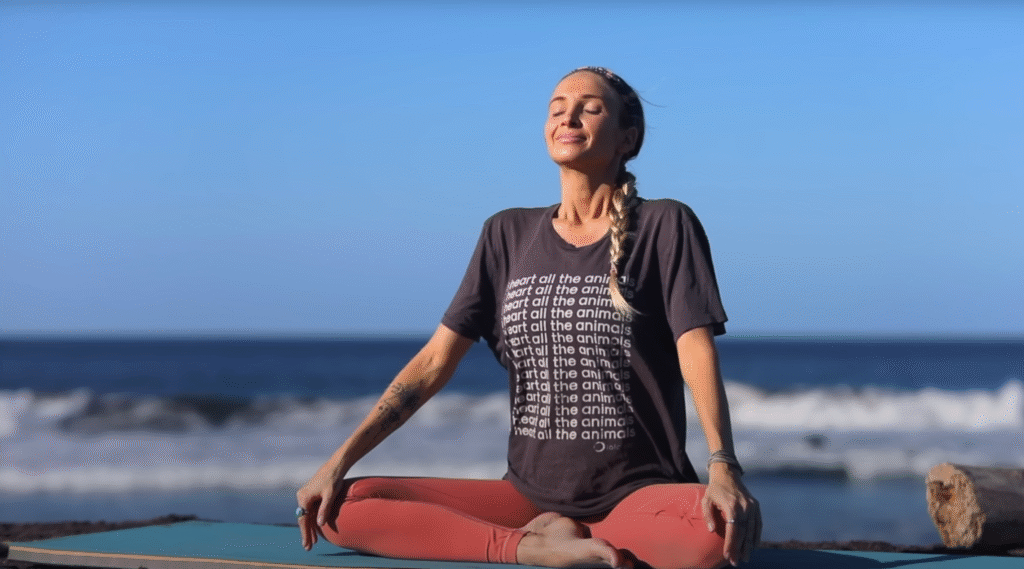
After an intense workout, a long day at work, or even just the stress of everyday life, your body craves recovery. Muscles tighten, joints feel stiff, and your mind carries tension that can weigh you down. One of the most effective, gentle, and holistic ways to restore balance is through yoga. The good news? You don’t need an hour-long session or a yoga studio to experience relief. With just 20 minutes of targeted yoga, you can ease sore muscles, melt away tension, and accelerate your recovery—both physically and mentally.
In this guide, we’ll walk through a 20-minute yoga sequence designed specifically for recovery. Whether you’re an athlete, fitness enthusiast, or simply someone needing deep relaxation, this flow will leave you feeling recharged, flexible, and refreshed. ✨
Why Yoga for Recovery Works
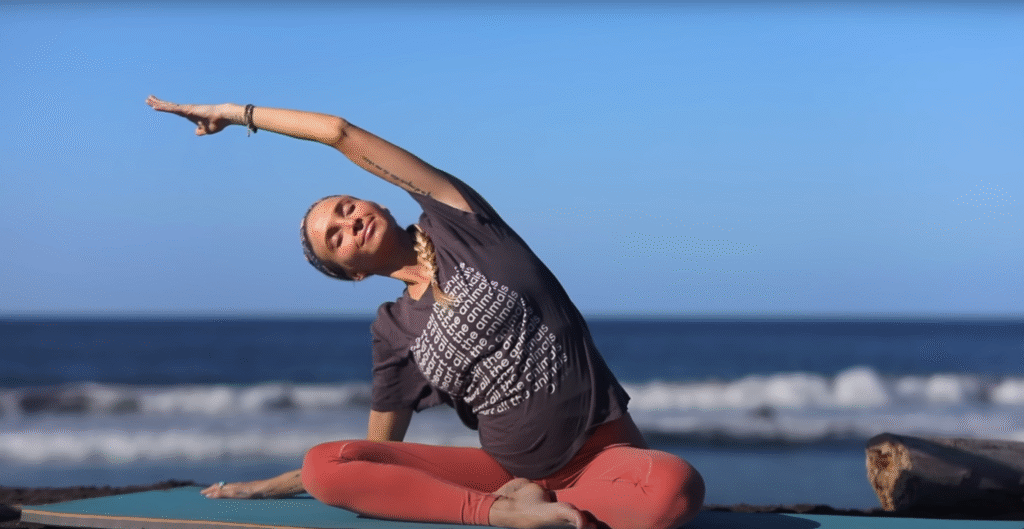
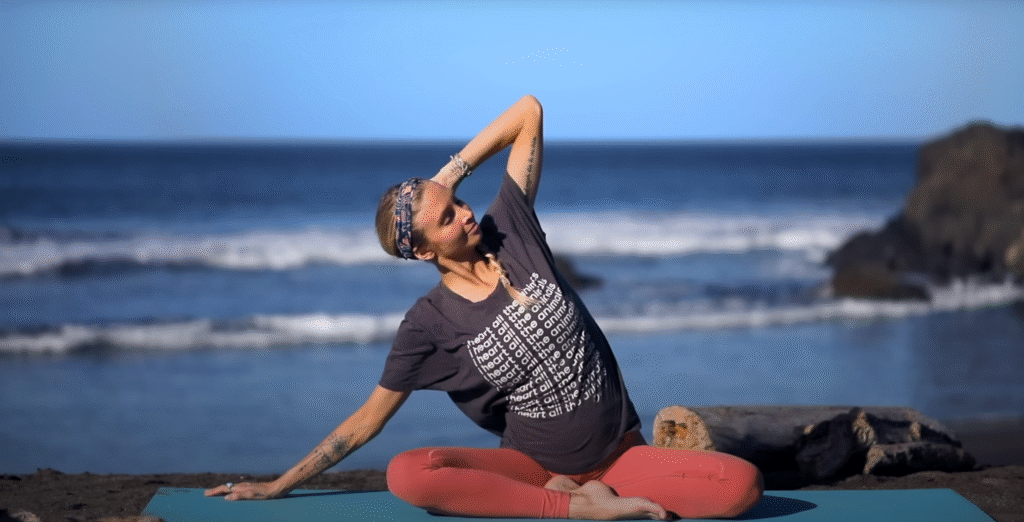
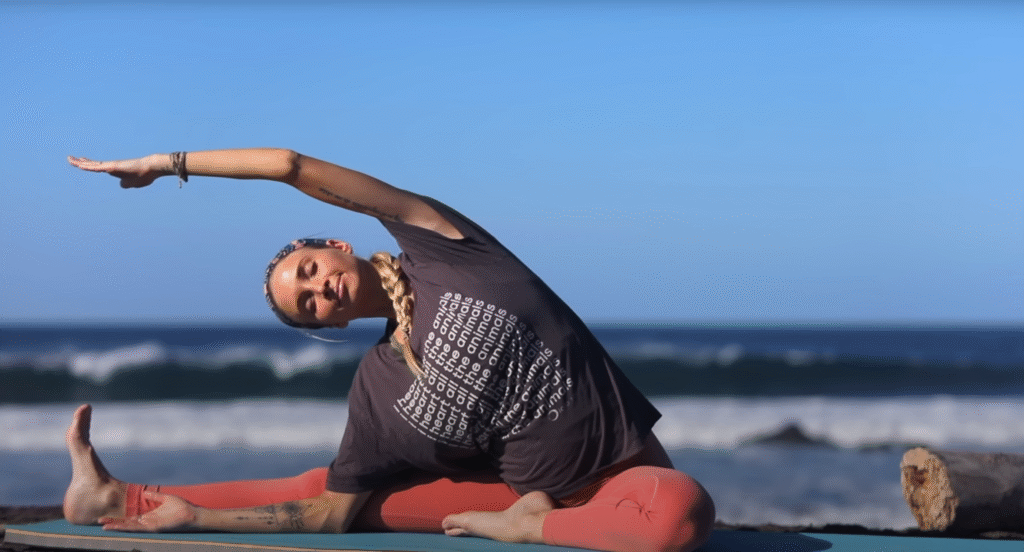
Yoga isn’t just about stretching—it’s about repair, release, and renewal. Here’s why a short recovery session can be so powerful:
- Improves Circulation – Gentle poses stimulate blood flow, carrying oxygen and nutrients to tired muscles.
- Relieves Muscle Tension – Stretching lengthens tight muscles, reducing soreness after workouts.
- Restores Flexibility & Mobility – Recovery yoga helps prevent stiffness and promotes long-term joint health.
- Activates the Parasympathetic Nervous System – Deep breathing and mindful movement reduce stress hormones, signaling your body to heal.
- Boosts Mental Recovery – Yoga gives your mind a chance to relax, clearing away fatigue and anxiety.
In just 20 minutes, you’ll feel lighter, more mobile, and ready for what’s next.
The 20-Minute Recovery Yoga Sequence ✨
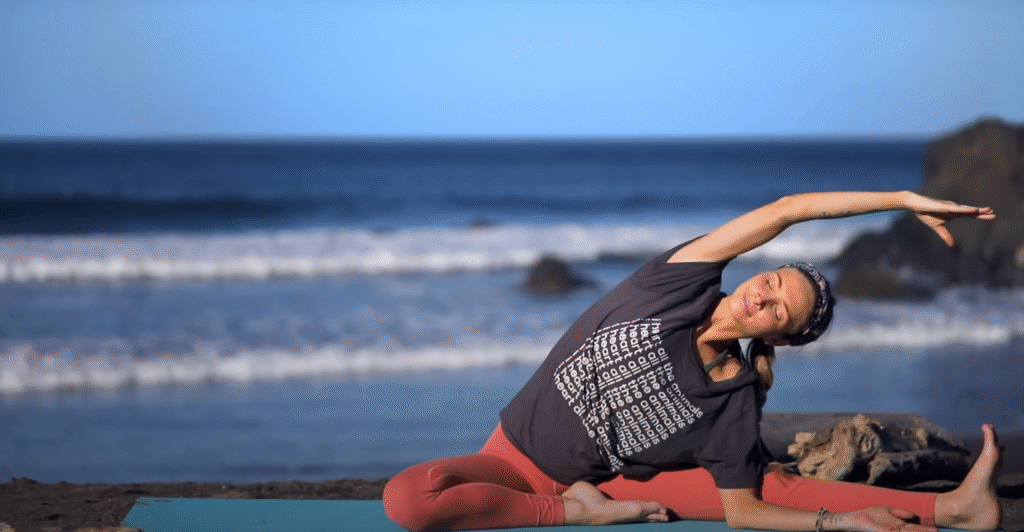
Set aside a quiet space, grab your mat, and let’s move through this restorative flow. Breathe deeply, move slowly, and focus on how your body feels.
1. Child’s Pose (Balasana) – 2 Minutes
Start in a kneeling position, big toes touching, knees wide apart. Fold forward, resting your forehead on the mat and arms extended in front.
- Why: Opens the lower back, hips, and shoulders. A calming pose to begin recovery.
- Tip: Place a pillow under your chest or forehead if you need support.
2. Cat-Cow Stretch – 2 Minutes
Come onto all fours, wrists under shoulders and knees under hips. Inhale, arch your back (Cow Pose), lifting your head and tailbone. Exhale, round your spine (Cat Pose), tucking your chin.
- Why: Improves spinal mobility, releases stiffness in the back, and warms up the body.
- Tip: Move slowly and sync with your breath.
3. Low Lunge (Anjaneyasana) – 2 Minutes Each Side
Step your right foot forward into a lunge, keeping your left knee on the mat. Sink your hips forward gently. Lift your chest and rest your hands on your thigh or reach overhead.
- Why: Opens tight hip flexors and quads, which often feel sore after running or sitting.
- Tip: Keep your front knee stacked over your ankle to protect joints.
4. Seated Forward Fold (Paschimottanasana) – 2 Minutes
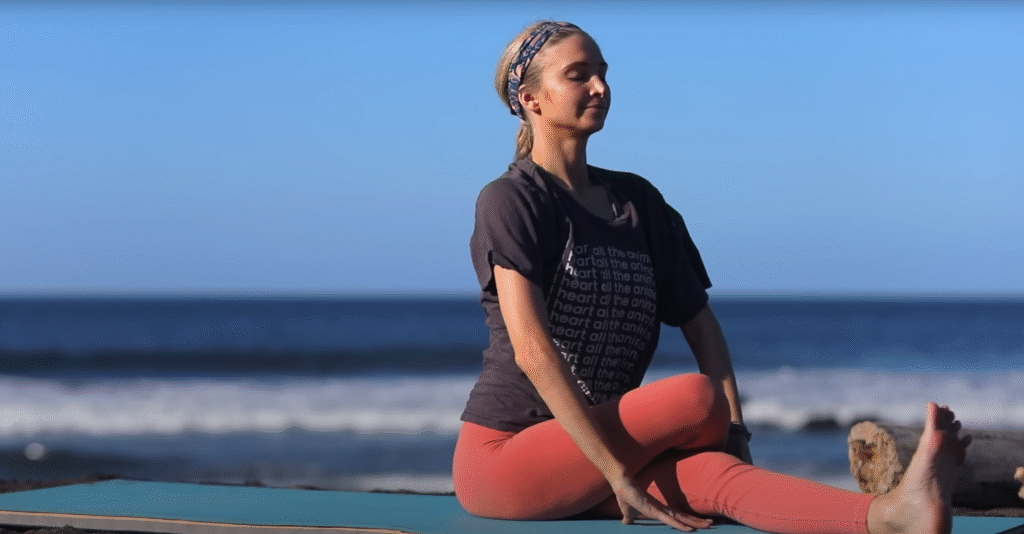
Sit with legs extended forward. Inhale, lengthen your spine, and exhale as you fold forward, reaching for your feet or shins.
- Why: Stretches hamstrings, calves, and lower back.
- Tip: Bend your knees slightly if your hamstrings are tight.
5. Reclined Spinal Twist – 2 Minutes Each Side
Lie on your back, pull your right knee into your chest, then guide it across your body to the left. Extend your right arm out and look to the right. Repeat on the other side.
- Why: Relieves tension in the spine, massages internal organs, and stretches obliques.
- Tip: Use a pillow under your knee for extra support.
6. Legs-Up-The-Wall Pose (Viparita Karani) – 4 Minutes
Sit close to a wall, swing your legs up, and lie back with arms relaxed at your sides. Breathe deeply.
- Why: Reduces swelling in legs, improves circulation, and provides deep relaxation.
- Tip: Place a pillow under your hips for comfort.
7. Savasana (Final Relaxation) – 4 Minutes
Lie flat on your back, arms and legs relaxed, palms facing upward. Close your eyes and focus on slow, steady breaths.
- Why: Integrates the benefits of your practice, calming the nervous system and allowing full recovery.
- Tip: Cover yourself with a blanket if you want extra comfort.
Breathing Techniques for Deeper Recovery
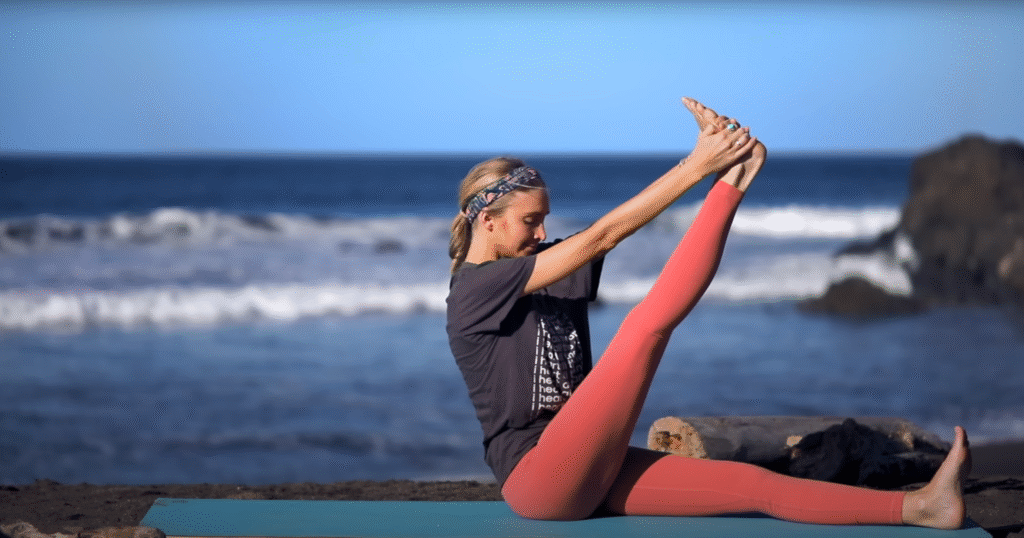
Breath is the bridge between body and mind. During this 20-minute yoga practice, try incorporating these simple breathing methods:
- Ujjayi Breath (Ocean Breath): Inhale and exhale through your nose with a gentle constriction in your throat, creating a soothing sound.
- Box Breathing (4-4-4-4): Inhale for 4, hold for 4, exhale for 4, hold for 4. Repeat for calm focus.
- Belly Breathing: Place your hand on your belly, inhale deeply so it rises, exhale fully so it falls.
These techniques increase oxygen flow, reduce stress, and signal your body to release tension.
Tips to Maximize Your 20-Minute Recovery Yoga ✨
- Be Consistent – Doing this routine 3–4 times per week boosts recovery benefits.
- Listen to Your Body – Don’t force deep stretches; recovery yoga is about gentle release.
- Stay Hydrated – Drink water after your session to aid muscle recovery.
- Use Props – Pillows, bolsters, or yoga blocks can make poses more restorative.
- Practice After Workouts or Before Bed – This sequence is perfect for winding down.
Benefits You’ll Notice After a Few Sessions
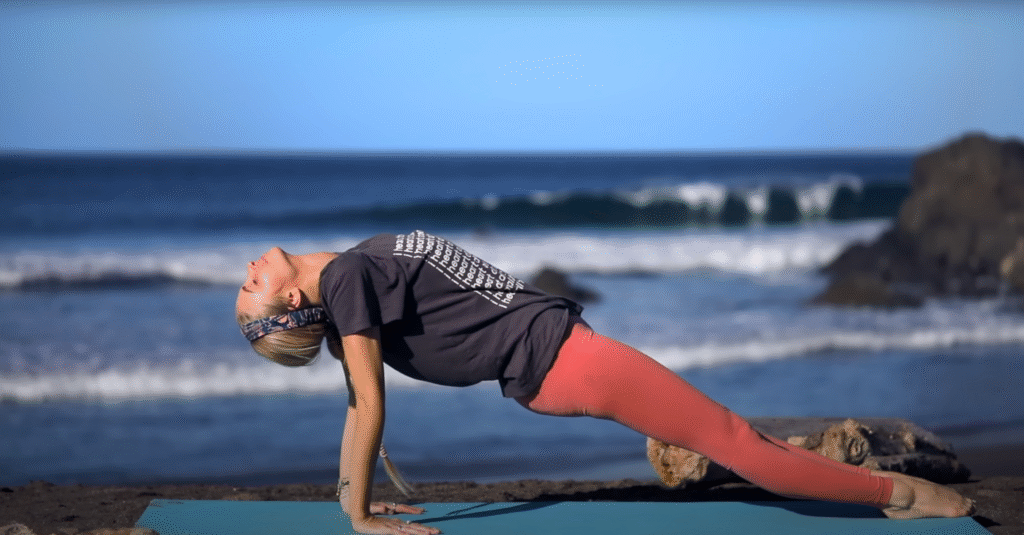
- Less Muscle Soreness: Stretching reduces post-workout aches.
- Better Sleep: Relaxed muscles and a calm mind improve rest.
- Increased Mobility: Joints feel looser, movements more fluid.
- Stress Relief: Anxiety melts away, leaving you more centered.
- Faster Recovery: Muscles heal quicker when blood flow and relaxation improve.
Final Thoughts ✨
Recovery is just as important as training, and yoga offers the perfect balance of movement, breath, and mindfulness to support it. This 20-minute yoga for sore muscles and tension relief is not just a physical routine—it’s an act of self-care. With consistent practice, you’ll notice not only reduced soreness but also improved energy, better mood, and a stronger connection with your body.
Remember: the beauty of yoga is that it meets you exactly where you are. No matter your fitness level, these poses will help you feel renewed and restored. Next time your muscles ache or stress builds up, roll out your mat, take a deep breath, and gift yourself 20 minutes of healing. ✨
